Storing, warming, and feeding expressed breast milk is both an art and a science. Follow these evidence-based practices to protect your baby's health and optimize the benefits of your breast milk.
Choosing the Right Breast Milk Storage Containers
Proper storage begins with safe containers.
Best Containers to Use
- Food-grade glass jars with tight-fitting lids
- BPA-free hard plastic containers
- Pre-sterilized breast milk storage bags (specially made for freezing milk)
Each container should be sterile, leak-proof, and clearly labeled. We advise writing both the expression date and baby’s name (for daycare settings) using waterproof labels and ink.
Avoid These Options
- Disposable bottle liners
- General-purpose plastic
bags not designed for milk storage
- Containers made with bisphenol A (BPA)
- Reused single-use plastics
These alternatives can compromise the safety, nutritional value, and longevity of stored milk.
Breast Milk Storage Guidelines: How Long and Where?
Safe storage is essential to preserve the milk’s immunological and nutritional benefits. Here’s a comprehensive breakdown:
📍 At Room Temperature (≤77°F / 25°C)
| Storage Time | Up to 4 hours optimal; maximum 6 hours in cool conditions |
|---|
In an Insulated Cooler with Ice Packs
| Storage Time | Up to 24 hours |
|---|
In the Refrigerator (≤40°F / 4°C)
| Storage Time | Up to 4 days in the back of the fridge (where it's coldest) |
|---|
In the Freezer
| Freezer Type | Storage Time |
|---|---|
| Standard freezer (inside fridge) | Up to 2 weeks |
| Separate freezer compartment | Up to 6 months (optimal); max 12 months |
| Deep freezer (≤0°F / -18°C) | Best before 6 months, acceptable up to 12 months |
🔍 Note: Always store milk in the back, not in the door, where temperatures fluctuate.
Adding Freshly Expressed Milk to Stored Milk
Combining milk requires caution:
- ✅ Yes: Add cooled fresh milk to refrigerated or frozen milk
- ❌ No: Never mix warm milk directly into frozen milk — it may cause partial thawing and bacterial growth
To safely combine:
- Chill fresh milk in the refrigerator for 30–60 minutes
- Add it to the existing refrigerated or frozen milk
Safe Thawing and Warming of Breast Milk
Preserve the milk's immunological properties by following gentle thawing techniques.
✅ Best Methods to Thaw
- Refrigerator Overnight: Place frozen milk in the fridge for gradual thawing (use within 24 hours)
- Warm Water Bath: Submerge the sealed container in warm water (~99°F or 37°C) until thawed
- Under Warm Running Water: A faster method, but ensure water isn’t too hot
❌ Never
- Use a microwave — causes uneven heating and destroys vital proteins
- Boil milk or place directly on stovetop
- Refreeze previously thawed milk
🕒 Timing Guidelines
- Use thawed milk within 24 hours
- For leftover milk, you may use for two hours once served to your baby
Feeding Expressed Breast Milk
Portion Guidelines
Start with:
- 2–4 ounces (60–120 ml) per bottle
- For newborns or supplementing: 1–2 ounces (30–60 ml)
Adjust based on baby's age, appetite, and feeding frequency.
Warming Before Feeding
- Use a bottle warmer or warm water bath
- Gently swirl (don’t shake) to mix separated fat
- Test the temperature on your wrist — should feel lukewarm
Does Thawed Milk Smell or Look Different?
Yes — and it's normal.
- Color can vary with maternal diet (bluish, yellow, or creamy tones)
- Smell may be metallic or soapy due to lipase activity, especially after freezing
- Texture might appear separated; swirling helps recombine
If your baby refuses thawed milk:
- Try shorter storage durations
- Scald milk before freezing (heat to ~180°F / 82°C, then cool rapidly)
Hygiene Best Practices
Before handling milk:
- Wash hands with soap and water
- Sterilize all pump parts and containers before first use and regularly thereafter
Labeling Milk Correctly
Every container must be labeled with:
- Date and time of expression
- Baby’s name (for caregivers or daycare use)
Use waterproof labels and permanent ink. This ensures proper rotation (first in, first out) and safe usage.
Rotating and Managing Milk Inventory
Follow the FIFO rule — First In, First Out. Store milk so that older batches are used first.
💡 Pro Tip:
- Store milk in smaller volumes (1–2 oz) for top-ups or unexpected feedings
- Avoid overfilling containers — leave 1 inch of space for expansion during freezing
Quick Reference: Storage & Usage Table
| Location | Temperature | Duration | Notes |
|---|---|---|---|
| Room Temp | ≤77°F (25°C) | 4–6 hours | Use within 4 hrs if possible |
| Insulated Cooler | With Ice Packs | 24 hours | Ideal for travel or work |
| Refrigerator | ≤40°F (4°C) | Up to 4 days | Store in the back |
| Freezer Compartment | Inside fridge | Up to 2 weeks | Use quickly |
| Standalone Freezer | ≤0°F (-18°C) | 6–12 months | Best before 6 months |
| Thawed Milk (Fridge) | After freezing | 24 hours | Do not refreeze |
| Leftover From Feed | Room temp/warm | Discard after 2h | See CDC guidelines. |
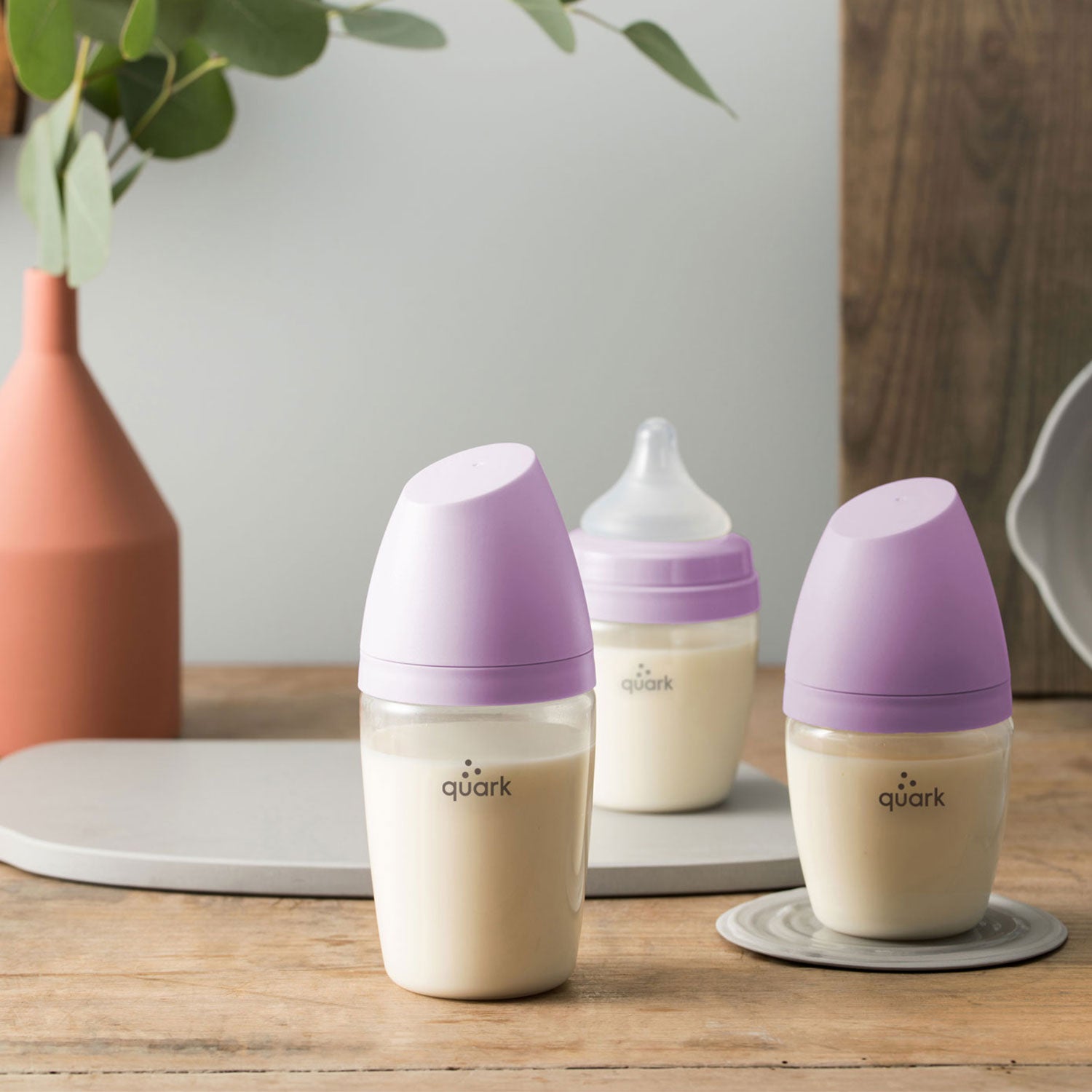
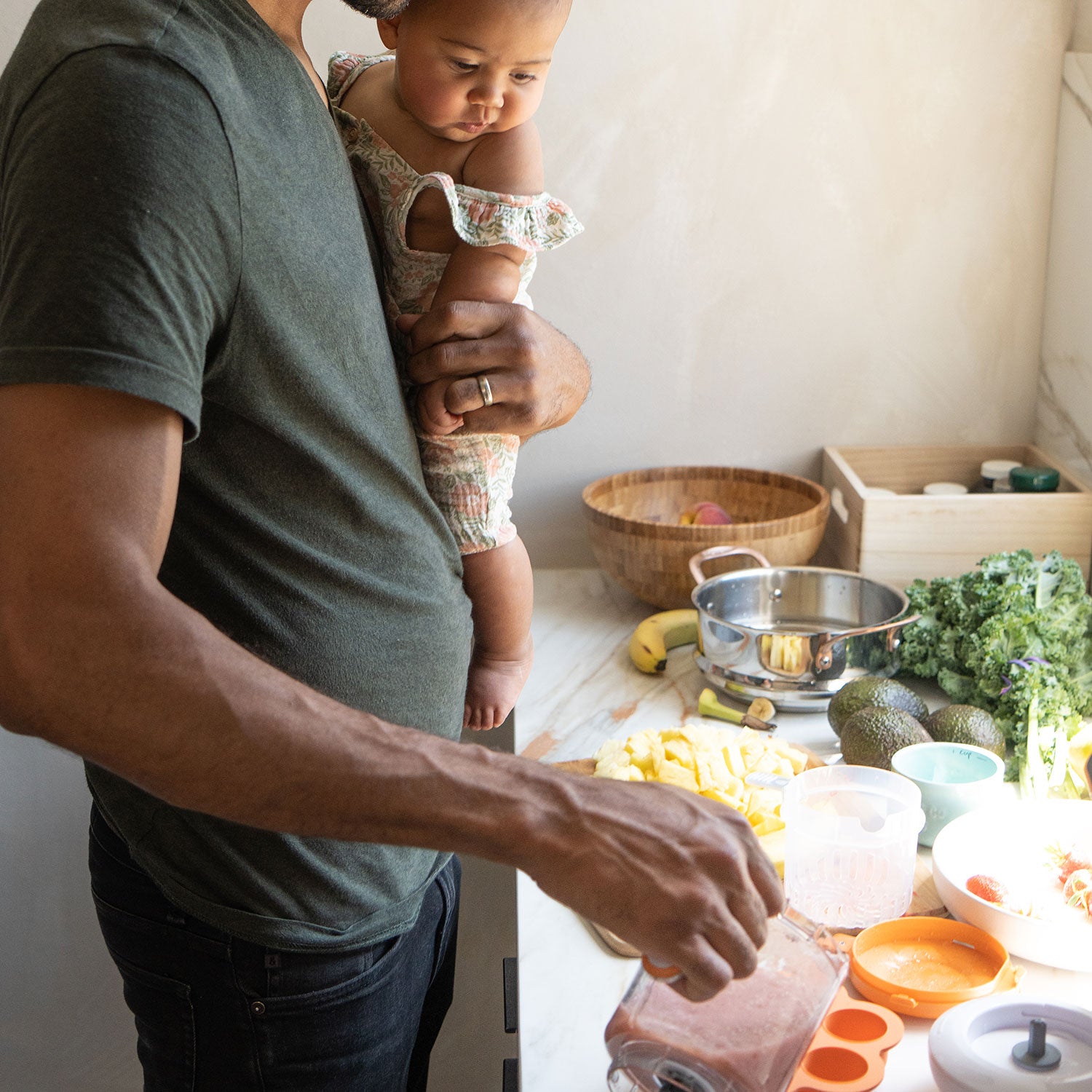

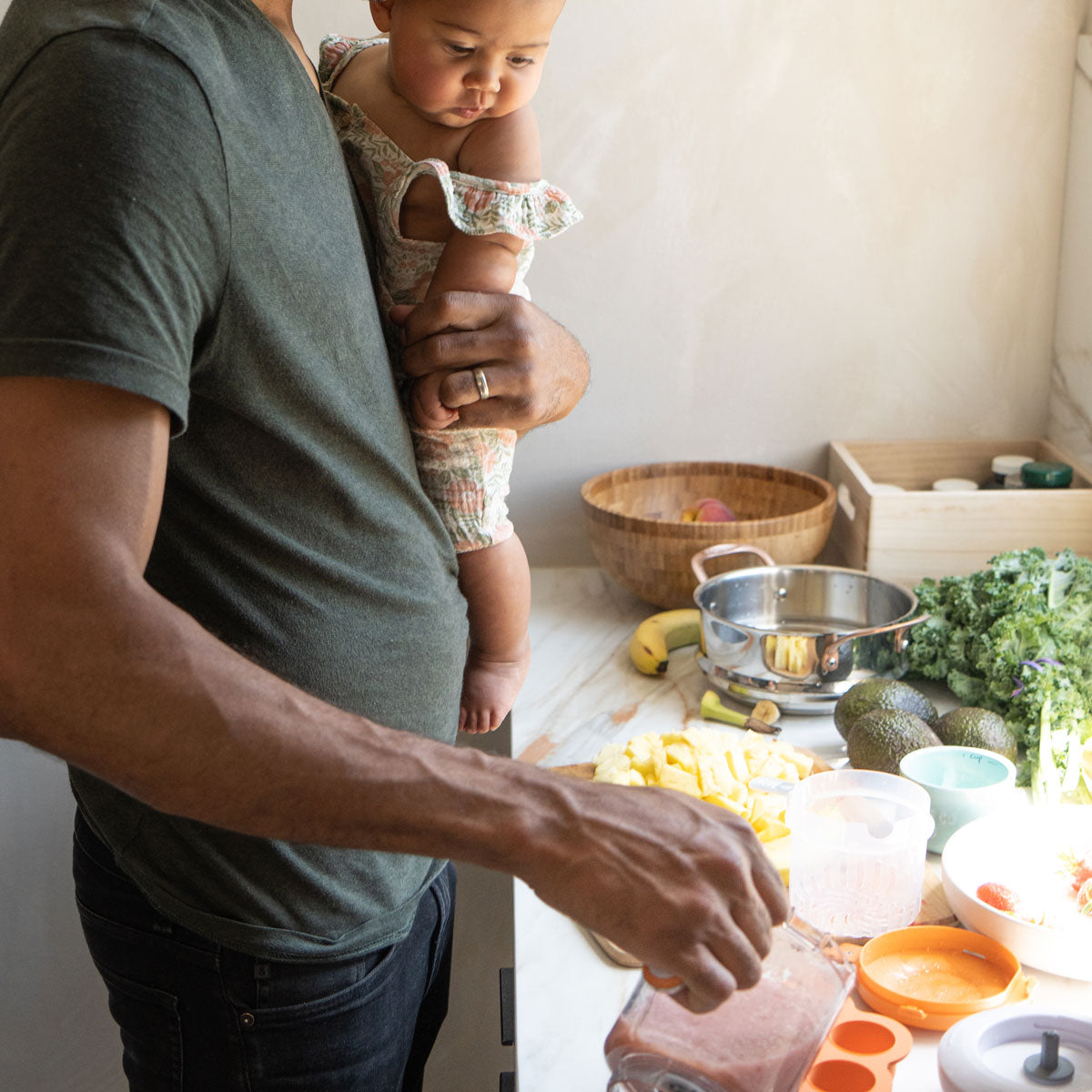
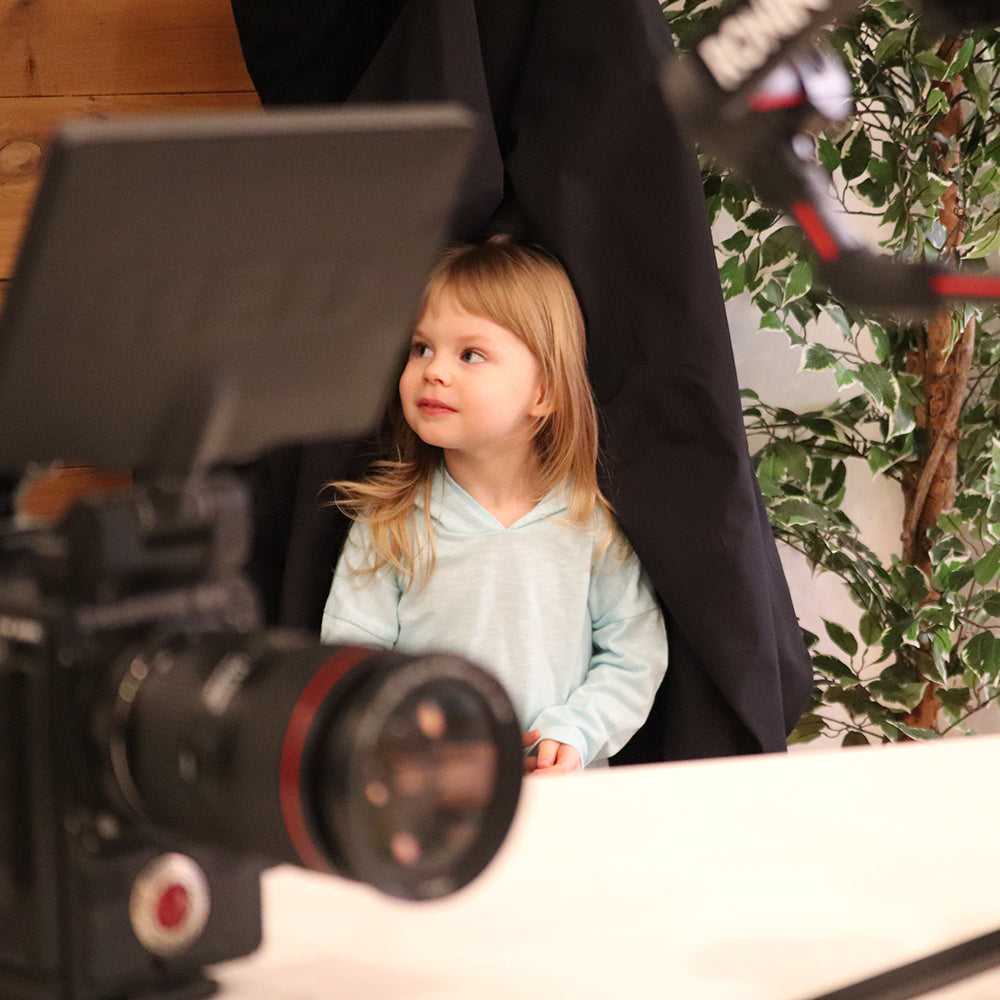
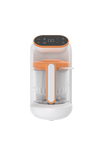
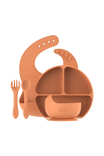
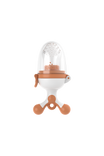
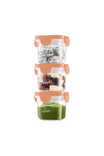
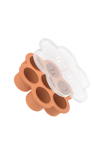
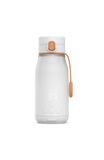
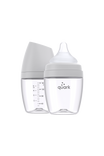
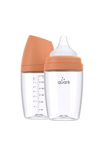
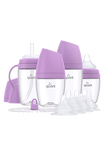
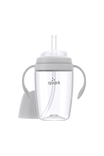
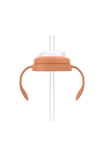
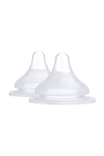
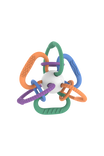
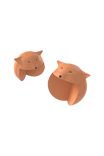

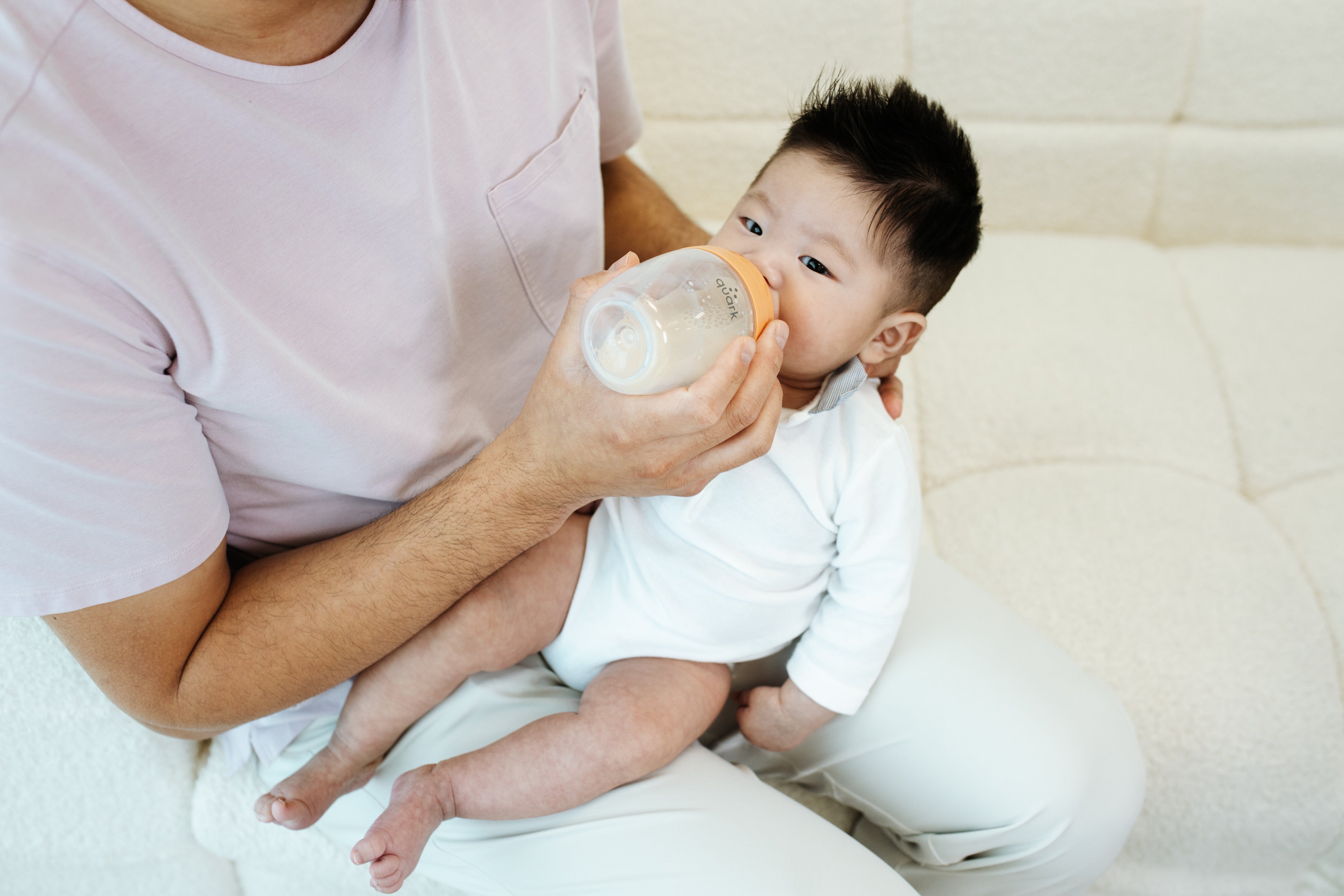
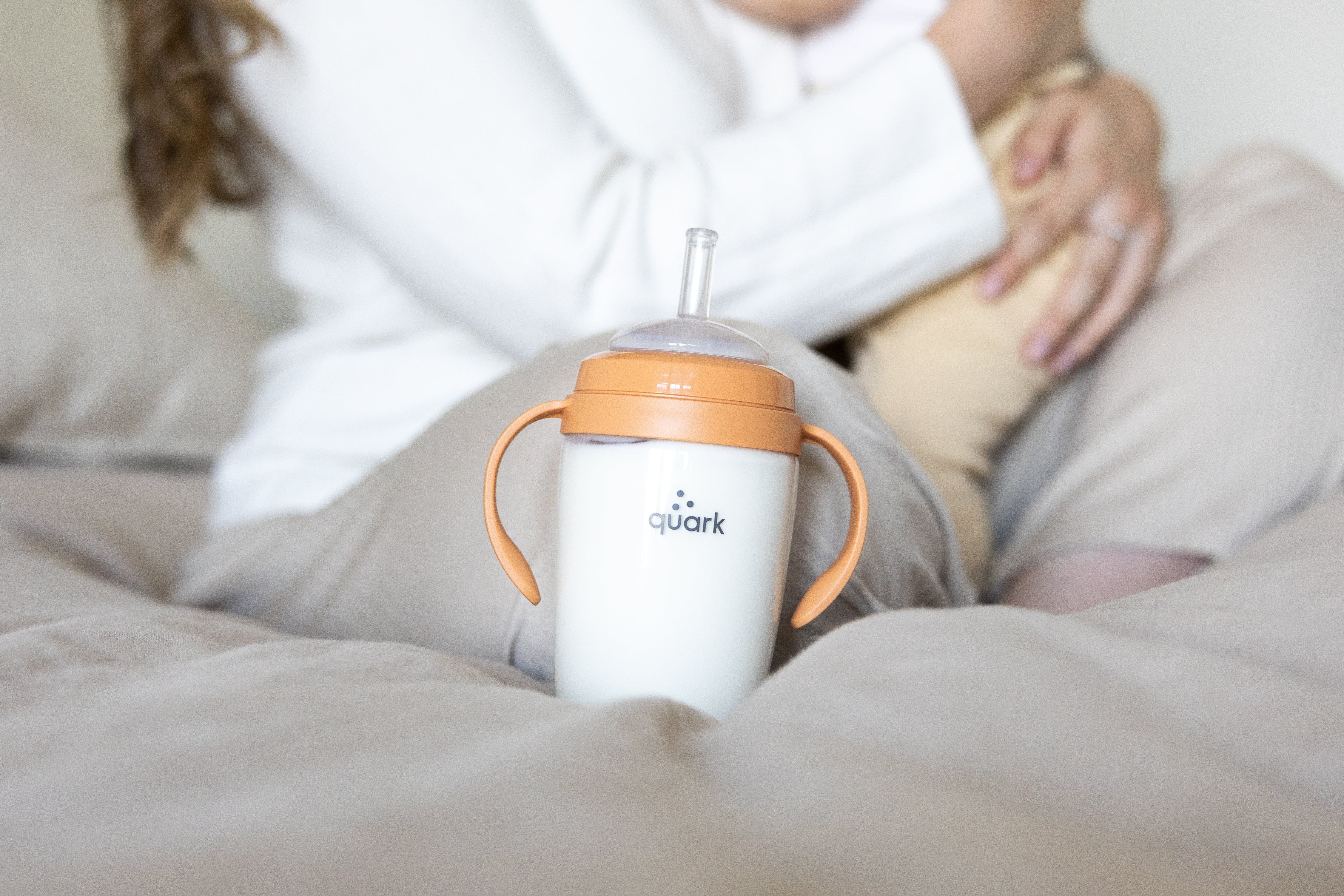
Laisser un commentaire
Tous les commentaires sont modérés avant d'être publiés.
Ce site est protégé par hCaptcha, et la Politique de confidentialité et les Conditions de service de hCaptcha s’appliquent.